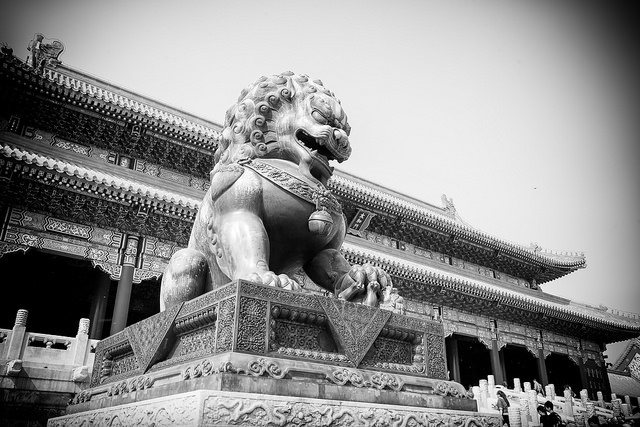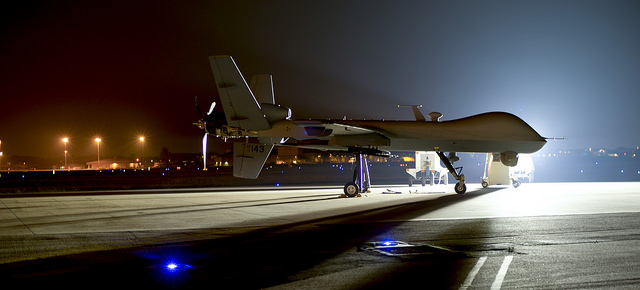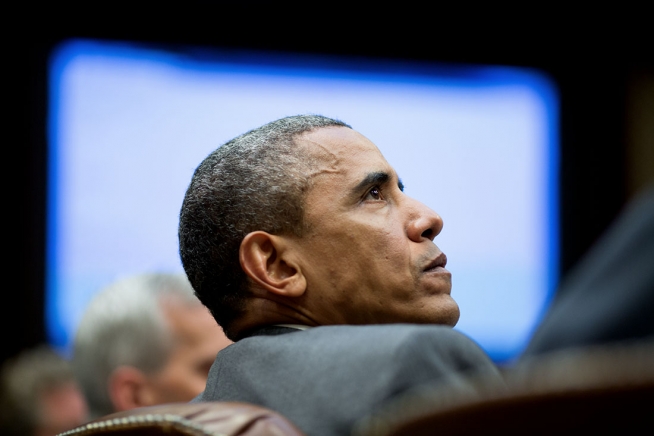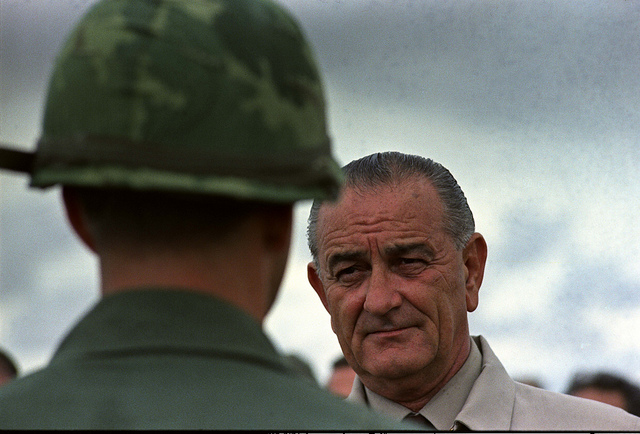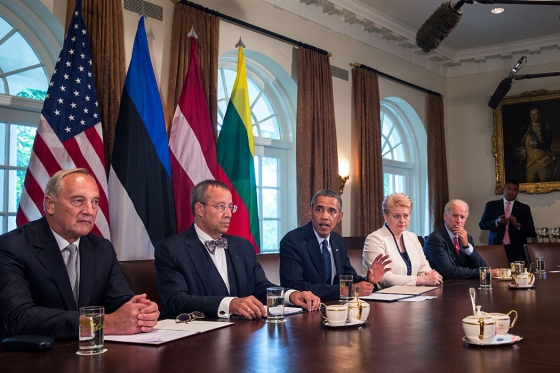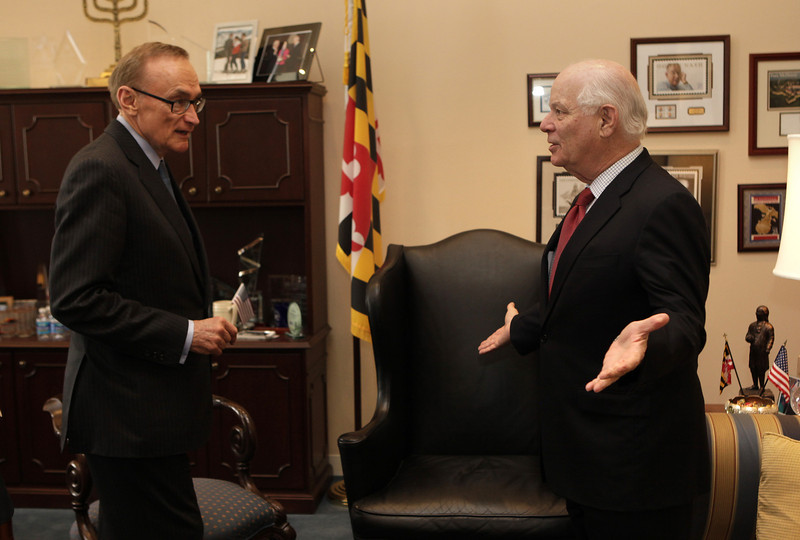Shared and non-shared strategic interests in Australia–China relations
When Prime Minister Abbott addressed the Boao Forum in China in early April, he told his audience that ‘Australia is not in China to do a deal, but to be a friend’. Actually, since he was towing behind him one of the largest business delegations ever to leave Australia, perhaps he should have said Australia is in China not only to do a deal, but to be a friend.
I take the prime minister’s statement as a sign that the Abbott government is determined to build upon the recently-agreed strategic partnership between Australia and China. But if we’re going to do that, then both countries need to speak candidly about their shared and non-shared interests in the strategic field. If our shared interests are thin, so too will be our relationship; if they’re thick, our relationship will similarly be thick. Australia and China have many interests in common, and there’s much more they could do together if they wished. But there’s also a list of topics on which they disagree—and glossing over those doesn’t help. Read more

